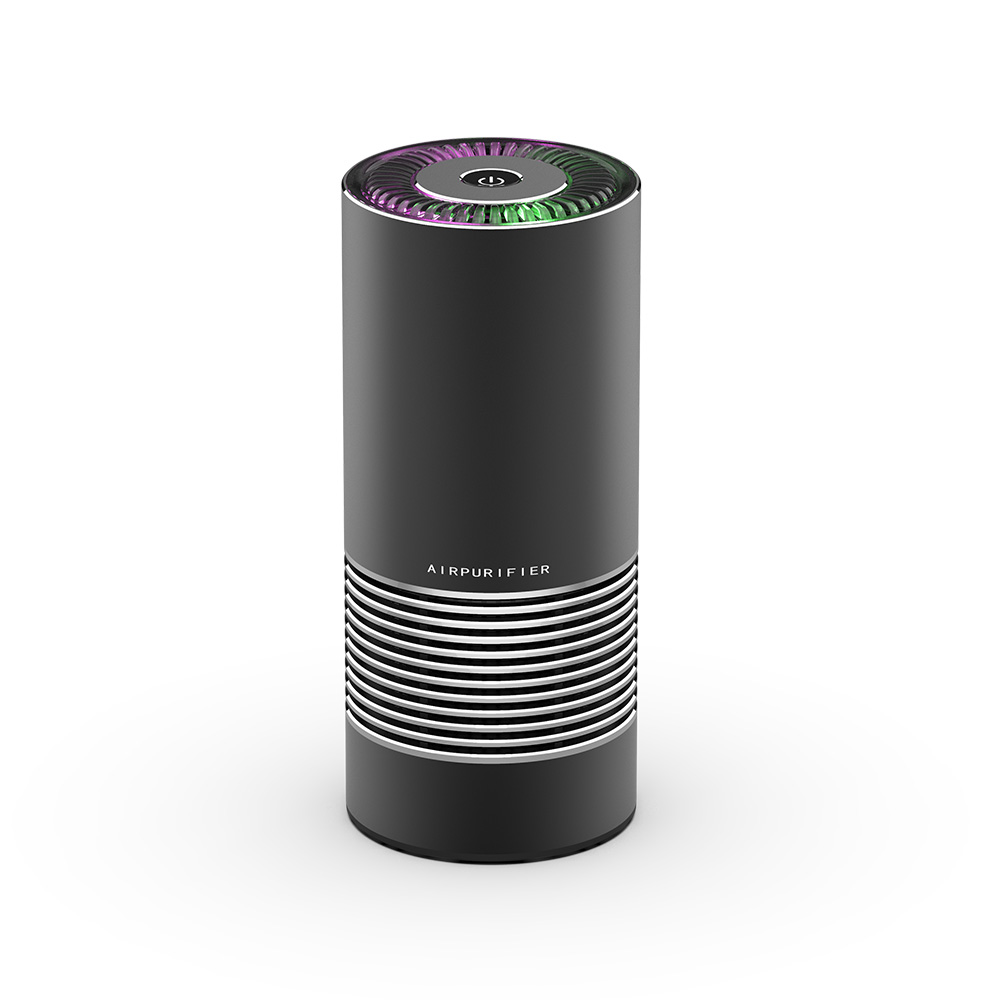CREATIVITY CHANGES YOUR LIFE
 Tel: +86 0755-84870739
Tel: +86 0755-84870739
 Email: info@nexhc.com
Email: info@nexhc.com
CREATIVITY CHANGES YOUR LIFE
 Tel: +86 0755-84870739
Tel: +86 0755-84870739
 Email: info@nexhc.com
Email: info@nexhc.com
Company news | Industry news | Exhibitions and events | Optimization dedicated | aromatherapy diffuser |
source:Optimization dedicated release time:2022-07-13 Hits: Popular:aromatherapy diffuser direct sales

Air pollution and air purification are not only related to the level of air governance in countries and cities, but also related to each of us, who share the same fate as we breathe. Except for people, it is even related to every creature living on the earth. As long as they need to breathe, they will follow related to air pollution. So how many people understand and know the principles of air pollution and air purification? Let me tell you a little bit about the three points below.
1. What are the common pollutants in the air?
The main sources of air pollutants are natural sources and anthropogenic sources. Natural sources: Formation and emission of many different pollutants and chemicals from natural processes in the Earth’s crust, such as particulate matter and gaseous pollutants (sulfur dioxide, hydrogen sulfide, methane, etc.) emitted by volcanic eruptions; forest fires also cause air pollution (e.g. smog) , soot, unburned hydrocarbons, carbon monoxide, nitrogen oxides, etc.); particles from tsunami eruptions; soil bacterial spores, pollen, dust, etc.; Atmospheric reactions of organic compounds. Anthropogenic sources: it is the main aspect of air pollution, which is mainly generated from people's production activities and daily activities (industry, transportation, various combustion and garbage disposal, etc.); anthropogenic sources are further divided into special sources and comprehensive sources. If people can clearly and unambiguously point out that they come from a certain emission source based on the pollutants contained in the air, the source is called a special source, and a special source generally refers to an individual large factory or the only emission of a certain air pollutant. ; If there are many emission sources in an area, fixed or mobile, it is impossible for people to determine that they come from a specific source according to the composition and nature of the pollutants contained in the air, which are collectively referred to as comprehensive sources.
Air pollutants mainly include: carbon monoxide, nitrogen oxides, ozone, hydrocarbons, particulate matter, sulfur oxides, mercury, volatile organic compounds, lead, toxic substances, etc.
2. What are the purification technologies of air purification equipment?
For indoor air purification, air purification equipment removes particulate matter and microorganisms (bacteria, etc.) purification technology, the mainstream has two kinds of particulate matter filter and electrostatic adsorption, of which HEPA (high-efficiency filtration) filter is widely used by mid-to-high-end air purification equipment; The mainstream purification technology of gaseous pollutants is generally realized through physical adsorption materials such as activated carbon or chemical reactions (including catalysis and complexation reactions).
It should be noted that the purification of indoor air pollutants needs to make the air flow, and the air purification effect can be better played after the windows are closed. In terms of technical principle, the air purification drive of air purifiers is generally realized by motors and fans. Of course, there are also technologies such as ion wind and large-area passive diffusion.
3. What are the air purification equipment?
In terms of use effect or applicable area, air purification equipment can be divided into large, small and small air purifiers, and generally, the larger the size of the air purifier, the larger the applicable area. For example, large air sterilizers and floor-mounted air purifiers can purify indoor areas of 40 square meters or more, while small car purifiers may only purify an area of about 10 square meters. Different types of air purifiers can be applied to different places, such as home, office, hotel, car and so on. Therefore, when purchasing an air purifier, you should make a targeted choice according to your own needs. In addition, in terms of purification function, air purifiers can be divided into: removal of air particles, sterilization, odor removal, smoke removal, and the removal of formaldehyde, benzene and other gaseous pollutants that are currently relatively high in demand.
Read recommendations:
The aromatherapy machine accompanies you to sleep peacefully, deep sleep is so simple!aroma diffuser
Know about air sterilizers? Check out these 7 little common sense
NextHow will the air purification industry develop in the future.air humidifier large space
Popular recommendation
K3 Home air purifier
2021-09-14F19 Cooling Fan
2021-09-14J16 Air Humidifier
2021-09-14H03 Heater Fan
2021-09-14F20 desk Cooling Fan
2021-10-06Regarding these things about the car air disinfection machine, these points are very important
2022-02-14Hotel Fragrance Creation - Warmth to Customers' Homes During the Journey
2022-05-07My life after work.usb humidifier sales
2021-12-14What types of fragrance machines are there, how to maintain and buy them?
2022-04-27Can air conditioners remove formaldehyde in summer? What you need is an air purifie.Car Air purifier
2021-12-10Does the humidifier emit radiation
2024-09-28Is using a humidifier at home harmful to the body?
2024-09-09How long does a dehumidifier usually run per day?
2024-09-09Humidifier classification
2024-08-24Humidifiers nourish daily life
2024-08-17Common classification methods for humidifiers
2024-08-10How to dehumidify with a dehumidifier
2024-07-22Working process of dehumidifier
2024-07-22High pressure micro fog humidifier for air conditioning unit
2024-07-13What are the possible reasons why humidifiers do not produce fog
2024-07-08Contact the following for inquiries regarding our services and products.
